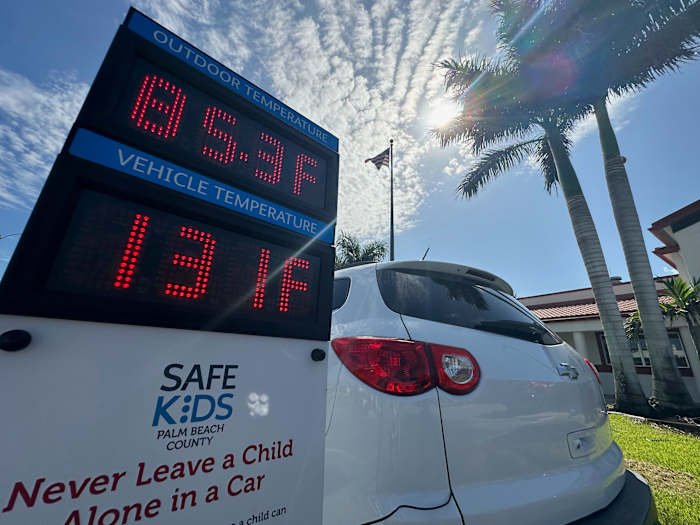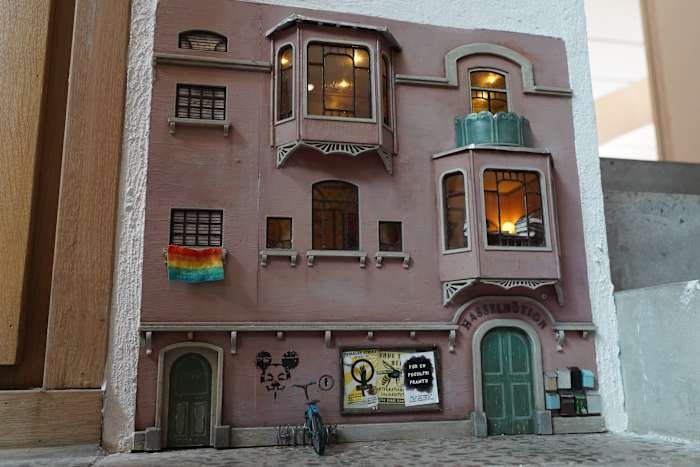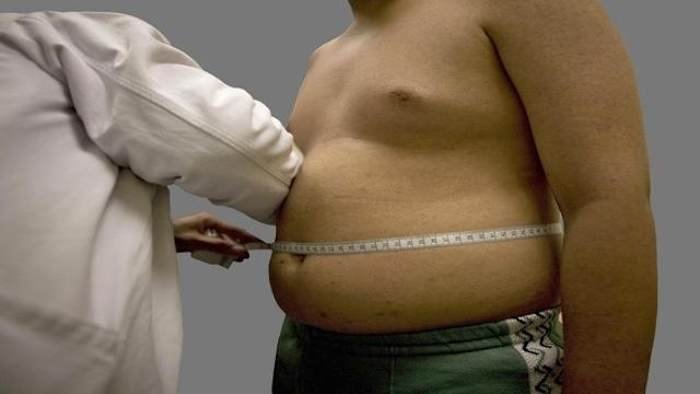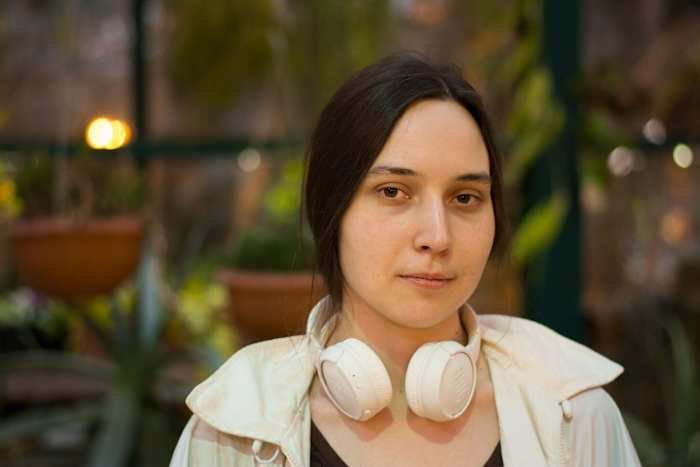As summer temperatures soar across Central Florida, child safety advocates are sounding the alarm about a tragic and preventable danger: the risk of children dying from heatstroke after being left in hot cars. In Orlando, where the sun blazes and humidity remains high, the risk is especially acute. With recent cases making headlines and local officials emphasizing prevention, it’s crucial for Orlando families to understand the risks—and learn what they can do to keep children safe.
Why Orlando’s Summer Heat Is Especially Dangerous
Orlando is famous for its warm, sunny weather—a major draw for tourists and residents alike. But in the summer months, car interiors can become dangerously hot in just minutes. According to the National Highway Traffic Safety Administration (NHTSA), the temperature inside a parked car can rise as much as 20 degrees in just 10 minutes, even if the windows are cracked open. In Orlando, where outdoor temperatures frequently reach the 90s, that means the inside of a car can quickly soar above 120 degrees Fahrenheit.
For young children, whose bodies heat up three to five times faster than adults, this can be deadly. Heatstroke, or hyperthermia, can begin when the body’s temperature reaches just 104 degrees, and a temperature of 107 degrees can be fatal.
Recent Incidents Highlight the Urgency
Tragically, Florida ranks among the top states for hot car deaths. In recent years, several heartbreaking incidents have occurred in the Orlando area, underscoring the severity of the problem. Nationally, an average of 38 children die each year from heatstroke after being left or trapped in vehicles. In 2023, Florida recorded multiple cases, with Orlando-area hospitals reporting an increase in emergency calls related to heatstroke in children left in cars.
Local authorities, including the Orlando Police Department and Orange County Fire Rescue, have issued repeated warnings. “Even a quick errand can turn into a tragedy,” said a spokesperson from Orange County Fire Rescue. “It takes only minutes for a child to be in grave danger.”
How Heatstroke Happens—and How to Prevent It
Many hot car deaths are not the result of intentional neglect. In fact, most cases involve loving, attentive parents who became distracted or had a change in routine. Some children gain access to unlocked cars while playing and become trapped without anyone realizing it.
Safety experts recommend these critical steps for Orlando families:
- Always check the back seat. Place a personal item like your phone or purse in the back seat as a reminder.
- Lock your vehicle. Always lock car doors and trunks, even at home, to prevent children from climbing inside.
- Use technology. Many vehicles now include backseat reminders; consider apps or alarms if your car doesn’t have this feature.
- Communicate with caregivers. If someone else is driving your child, set up a system to confirm drop-off and pick-up.
Local organizations, such as Safe Kids Orange County, offer educational materials and even free car seat safety checks to help families stay vigilant.
The Role of the Community and Law Enforcement
Preventing hot car tragedies requires community awareness. Orlando law enforcement encourages residents to act if they see a child alone in a car. Florida’s “Good Samaritan” law protects individuals from civil liability if they forcibly enter a vehicle to rescue a vulnerable person or pet in distress.
If you see a child alone in a car, experts recommend:
- Immediately call 911.
- Attempt to locate the driver or parent nearby.
- If the child appears in distress, do not hesitate to break a window to rescue them—your actions could save a life.
Public awareness campaigns in Orlando have increased, with digital billboards, radio spots, and social media posts reminding drivers to “Look Before You Lock.” Local businesses and childcare centers are also joining the effort by posting warning signs in parking lots and entryways.
Moving Forward: A Safer Orlando for All Kids
As our city continues to grow and temperatures rise, protecting Orlando’s youngest residents from preventable tragedies like hot car deaths must remain a top priority. Parents, caregivers, and community members all play a role in ensuring no child is left behind. By staying informed, using available resources, and watching out for one another, we can help prevent these heartbreaking incidents from occurring in our neighborhoods.
Have you experienced a close call or do you have tips for keeping kids safe during the Orlando summer? Share your experiences and suggestions in the comments below—your story might help save a life!
















